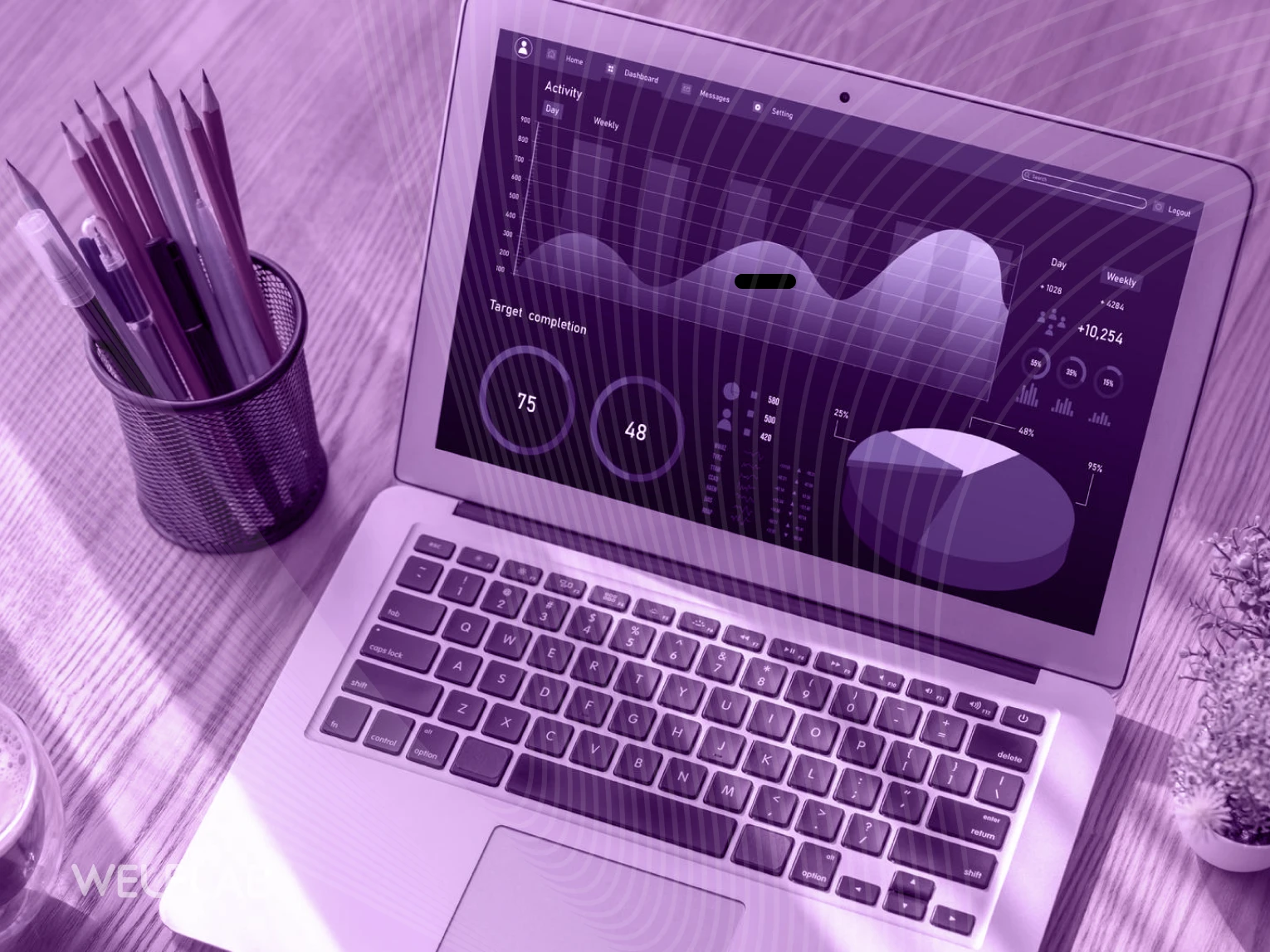In today’s digital world, companies generate huge amounts of information. From customer profiles to supply chain records, data holds valuable clues that can guide decisions. However, analyzing vast volumes of data is no simple task. Businesses need powerful tools to effectively make sense of everything.
Selecting the proper solution is important so your organization can maximize what’s learned from all available sources. A good option will be able to scale up as data grows over time. It should also connect to different databases and cloud systems housing your information. This allows a more complete picture to emerge.
When choosing a analytics platform, certain factors are worth considering. Will it handle large amounts of data now and in the future? How easy is it for users to access insights? Can hidden patterns be detected automatically? This article explores some top tools that can help unleash discoveries from your data reserves. Let’s examine the features and how they have benefited companies.
What Should You Be Looking For In A Data Analytics Tool
When evaluating different options, certain key capabilities should guide your research. The right platform will have these core features to fit your organization’s needs.
Ability to Manage Large Volumes: As data amounts grow exponentially, the tool must be able to efficiently process and store vast amounts of information. Look for scalability and real-time processing features suited for both present and future data size.
Interactive Visuals: Turning numbers into easy-to-understand graphs and charts helps everyone gain insight. Visually-focused exploration allows non-technical users to comprehend patterns. Integration capabilities also display findings where needed.
Automated Analysis: Beyond manual queries, advanced AI functionality within the tool proactively identifies unseen relationships within data. Machine learning patterns can surface actionable discoveries faster with less user effort.
Self-Service Access: A secure environment permits all teams to independently analyze their assigned portions without waiting on others. This promotes independent discovery and data-driven thinking throughout the organization.
Vendor Experience: Consider case studies and testimonials highlighting how other companies solved comparative problems. Demo the tool to experience ease-of-use and decide if it seems a good cultural fit for your workforce.
17 Top Big Data Analytics Tools Demystified
Without further ado, here’s a look at 17 industry-leading big data analytics tools and what makes each one stand out:
1. Apache Hadoop
As one of the original big data frameworks, Apache Hadoop remains profoundly popular for processing massive datasets across commodity hardware. It boasts excellent horizontal scalability and a low cost of ownership. ideal use cases include log file analysis, real-time data ingestion, and machine learning model training.
2. Apache Spark
While Hadoop focuses on batch processing, Spark adds faster interactive querying capabilities via its in-memory computing engine. This makes it well-suited for machine learning, streaming analytics, and other low-latency use cases. Spark also supports a wide range of programming languages.
3. Google BigQuery
Google’s fully managed cloud data warehouse makes it simple to run SQL queries against exabytes of data. Unlike some competitors, pricing is calculated based on the amount of data scanned rather than the resources used. This tool pairs well with data lakes for ad-hoc analytics.
4. AWS Redshift
Amazon Web Services brings its formidable cloud expertise to bear with this petabyte-scale data warehouse. In addition to cost-effectiveness and flexibility, Redshift offers built-in integrations with other AWS analytics and ML services. It works best for structured data.
5. Microsoft Azure Synapse Analytics
As the combined power of Azure SQL Data Warehouse and Spark, Synapse provides a stylish hybrid platform for limitless scaling. Users appreciate its intuitive UI, tight Office365/Power BI integrations, and T-SQL query syntax. Great for ETL workflows and dashboarding.
6. Tableau
When it comes to user-friendly data visualization, Tableau remains the gold standard. Drag-and-drop interfaces empower users at any technical level to quickly design beautiful reports and dashboards. It ties nicely into location intelligence and predictive functions as well.
7. Power BI
As Microsoft’s main reporting and BI tool, Power BI offers seamless access to all your organizational data. Advanced modeling capabilities and an active user community set it apart. Its mobile apps continue expanding its analytics anywhere concept too. A solid choice for OLAP cubes.
8. Looker
Looker differentiates itself as more of a unified analytics platform than a single-point product. Its robust data modeling engine and application programming interfaces open tons of customization potential. Great for embedded, on-demand analytics requiring flexibility.
9. Qlik Sense
Associative data modeling gives Qlik Sense its name recognition. Just click around to discover related data in a surprisingly intuitive GUI. Performance improves as more users engage with the system too. It makes self-service discovery simple across departments.
10. Domo
An all-in-one analytics suite, Domo serves up automated dashboards, ad-hoc querying, and even basic data prep in one spot. Built-in collaboration tools keep remote teams connected as well. A solid start for beginners seeking a single-vendor solution.
11. Sisense
Customer success is the goal at Sisense, which shows in its intuitive UX. Embedded BI capabilities further the “analytics anywhere” vision. While best for simpler use cases, additional features like predictive modeling augment its breadth. Agile development cycles also please users.
12. TIBCO Spotfire
Advanced visualization and augmented analytics reign at TIBCO Spotfire. Unique techniques like predictive search aid business problem-solving. Though geared more toward experienced users, it remains friendly to business analysts. Strong support also simplifies customization.
13. MicroStrategy
With roots tracing back to mobile BI, MicroStrategy keeps innovating newer use cases like hyperinflation intelligence. Security complies with the most stringent regulations. Ideal for embedded analytics or when HIPAA and GDLP come into play.
14. IBM Cognos Analytics
Like MicroStrategy, IBM’s longstanding in the analytics industry means proven reliability and enterprise-grade features. Extensive pre-packaged content and Watson AI services place predictive power at users’ fingertips. Robust enough even for IoT and blockchain analytics.
15. SAS
The grandfather of business intelligence, SAS continues leading with statistical analysis, machine learning, and forecasting. It serves everything from data prep to deep analytics. Both breadth and expertise make it ideal for highly regulated spaces requiring full compliance.
16. Matillion
Sometimes ETL is the missing puzzle piece. Matillion helps stitch together data lakes and warehouses while maintaining governance best practices. Automated workflows prevent data decay over time as well. An elegant way to feed multiple downstream tools.
17. Alteryx
A graphic program for advanced analytics, Alteryx thrives in pulling diverse data sources together in visual pipelines. Even non-coders can wrangle data like pros. Extensions integrate findings into follow-up tasks too. An MVP when you need self-sufficient data refinement.
Conclusion
In conclusion, choosing the right big data analytics tool sets organizations up for success in today’s data-driven world. Carefully evaluating your unique business needs, data volumes, users and goals will guide selection of a platform that maximizes insights. Whether you require real-time decision making, deeper discovery, or seamless collaboration, there are powerful options to derive value from information. Approaching selection strategically based on core factors can help take your data comprehension to the next level.




